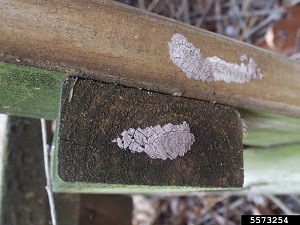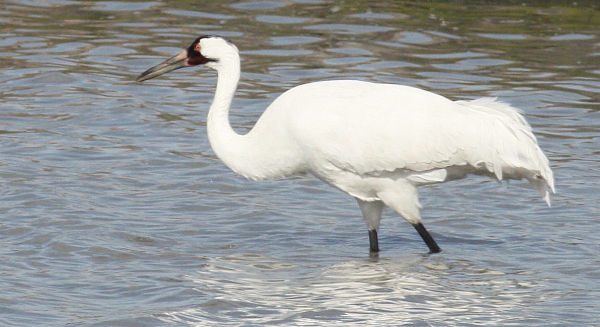NWTF Citing “Catastrophic Loss of Revenue” Announces Layoffs

The National Wild Turkey Federation has been a conservation leader and hunter advocate for nearly 50 years. During this time, we have never experienced the level of financial concern as we face today.
Due to COVID-19 and the resulting halt of our fundraising events this spring, the NWTF has experienced a near catastrophic loss of revenue that has forced us to cut operational expenses to ensure the sustainable financial health of the organization. As a result, we have laid off over 50 staff. The loss of these dedicated, passionate individuals is extremely difficult for the Flock. They are friends, colleagues, mentors and members, and we will miss them greatly and pray for them.
We are reaching out to our volunteer chapters, partners and supporters to discuss our plans moving forward, including how their areas will be staffed. We hope to have most of these details sorted out soon.
Fundraising events are ramping up again, and we are now safely holding banquets and other events with fewer than 250 people, following all local, state and national guidelines to protect our guests, members and staff. In addition, we will continue online fundraising efforts, including a new capital funding campaign, Call for All.
We still have a steep hill to climb to recover from the effects of the pandemic, and we have a major goal ahead of us to raise at least $5 million by the end of August. Together, we can get there, but we need the help of our members, donors, friends and partners like never before.
We sincerely hope you will join with us and answer the Call for All by renewing your membership, attending an event or online fundraiser or making a donation today.
Sincerely,

Becky Humphries
NWTF CEO


 “Prevention and early detection are vital to limiting the spread of spotted lanternfly,” said Miller. “Spotted lanternfly cannot fly long distances, but they lay eggs on nearly any surface, including cars, trailers, firewood and outdoor furniture. Before leaving an area where a quarantine is present, check vehicles, firewood and outdoor equipment for unwanted hitchhikers.”
“Prevention and early detection are vital to limiting the spread of spotted lanternfly,” said Miller. “Spotted lanternfly cannot fly long distances, but they lay eggs on nearly any surface, including cars, trailers, firewood and outdoor furniture. Before leaving an area where a quarantine is present, check vehicles, firewood and outdoor equipment for unwanted hitchhikers.” 


